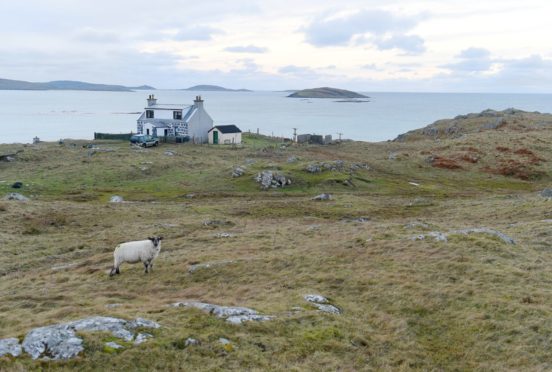A petition has been lodged in the Scottish Parliament to try to prevent local authorities from selling on croft houses to help pay for home care costs.
Currently councils have the power to seize an individual’s assets in order to help meet the costs of placing them in a care home facility.
The vast majority of croft land is under a secured tenancy agreement. While many of the newer homes have had the actual property footprint removed from the tenancy in order to secure a mortgage, many of the older homes still remain as part of the wider croft portfolio.
It was initially thought this arrangement protected them from the care home legislation on assets, as the house was not owned outright. However, that no longer appears to be the case.
The issue arose after Fife resident John MacIver challenged the right of Comhairle nan Eilean Siar (Western Isles Council) to seize the family’s croft home on Lewis to pay for the costs of a relative in a care home.
The council pointed to legal opinion which stated that “a croft and croft house were ‘likely’ to be classed as capital and therefore required to be taken into account for the financial assessment of residents in respect of care charges”.
Mr MacIver has now raised a petition with the public petitions committee of the Scottish Parliament to “urge the Scottish Government to ensure crofting tenancies are exempt from local authority Financial Assessment for care charges”.
Mr MacIver said: “There is a grey area in the law with regard to whether or not a croft and croft property should be deemed to be ‘capital assets’ in terms of the legislation and therefore subject to consideration in local authority financial assessments for care charges. From my understanding, even specialist legal experts are unsure of the situation and it is my view that this urgently requires clarity from the Scottish Government.
“I believe it is the view of crofting communities that a crofter has a statutory heritable right of tenancy and therefore crofts and croft property should be exempt. It is important for those communities that a definitive decision on this issue is made so that a consistent approach may be taken by local authorities and crofters’ rights protected. “
The comhairle are to host a special seminar on whether to class croft houses as financial assets in respect of care costs.
A council spokesman said: “In 2004, the comhairle sought counsel’s opinion as to the inclusion of croft property in social care financial assessments. Counsel’s opinion was that croft property should be considered to be an asset and should be included within the assessment and that the comhairle could not make a general [policy] decision to exclude all croft property in all cases. The policy was subsequently reviewed in June 2009 and the position was confirmed.”
